Preventative Dental Care
Here at WDI, your dental health starts with quality dental care services. Sierra, our dental hygienist will educate you on oral hygiene instructions and encourage you to have regular cleanings to prevent oral health problems. With regular exams, x-rays and oral cancer screenings, Dr. Yang will help you identify possible issues early before they become more serious. We use the latest technology at Wisconsin Dental Improvements to help provide the best care for our patients.
Regular Exams and Cleanings
- Check for any problems that you may not see or feel
- Look for cavities or any other signs of tooth decay
- Inspect your teeth and gums for gingivitis and signs of periodontal disease include perio charting
- Perform a thorough teeth cleaning
- Oral cancer check
Your regular recare appointment will take about one hour. Each recare includes a detailed teeth cleaning, in which we will clean, polish, and rinse your teeth to remove any tartar and plaque that have built up on the tooth’s surface.
Visiting our office every four to six months gives you the chance to talk to Sierra, our dental hygienist and Dr. Yang about any questions you may have about your oral health. Regular exams are offered by appointment only, so please contact WDI today to schedule your next dental exam and teeth cleaning.
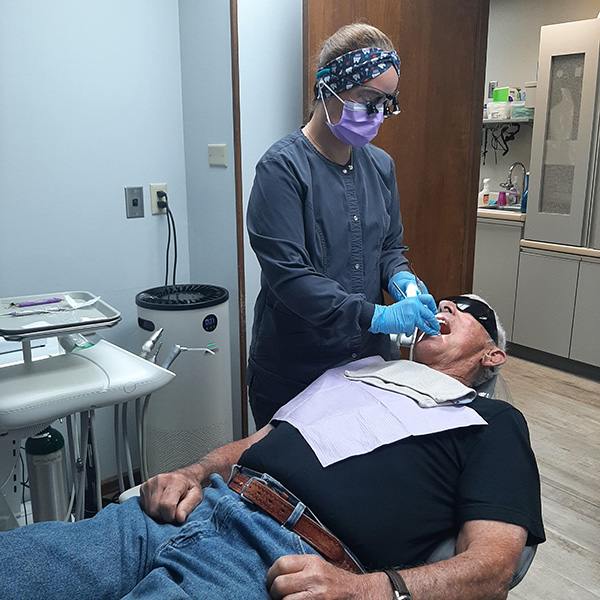
Air Polisher
What is a dental air polisher and how does it differ from traditional polishing treatments?
Air polishing is a treatment that Sierra, our dental hygienist will offer. It is a gentle technique that uses a targeted jet of compressed air that is mixed with water and either sodium bicarbonate or glycine powders. This is all delivered through a small nozzle.
While it is a pain-free and simple technique, it has been proven to be very effective at removing stains from the surface of teeth. As well as removing trapped food debris and plaque build-up from between the teeth.
Because the treatment is so gentle and pain-free, it is ideal for treating children and those with sensitive gums and teeth. Despite being so gentle air polishing can remove some of the worst staining from teeth, such as stains caused by drinking coffee, tea and red wine, as well as tobacco stains left by smoking.
Air polish VS traditional clean and polish
Many people prefer having an air polish rather than a standard clean and polish often performed by their dentist. This is because air polishing is not only gentler, but it is far less costly to have than a standard clean and polish.
And since air polish removes stains from the surface of your teeth, as well as between teeth, you will be left with super-smooth feeling teeth and a really clean smile.
Air polishing also means that the surface of your tooth enamel will be left intact. With most other methods of cleaning, the vibration from cleaning head tools can sometimes cause surface wear or tiny fractures in the enamel of weaker teeth.
It is also safe to use air polishing on dental implants as a way to keep them clean and stain free. For those with tooth sensitivity, air polishing can be far more comfortable because it doesn’t generate any heat during the treatment that can cause pain in your teeth.
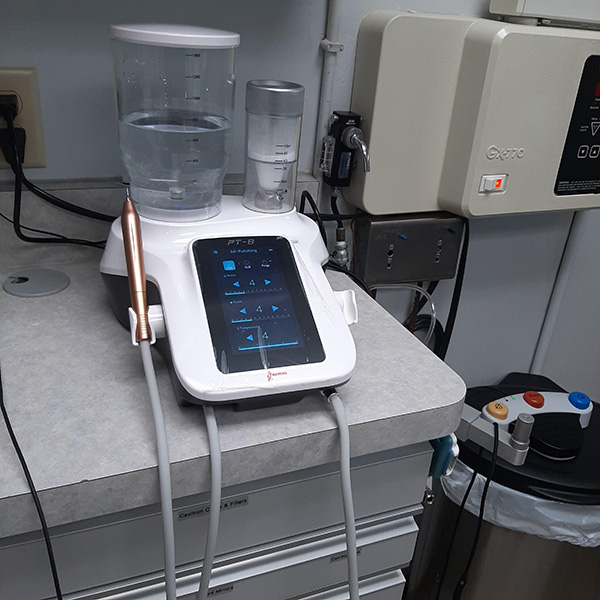
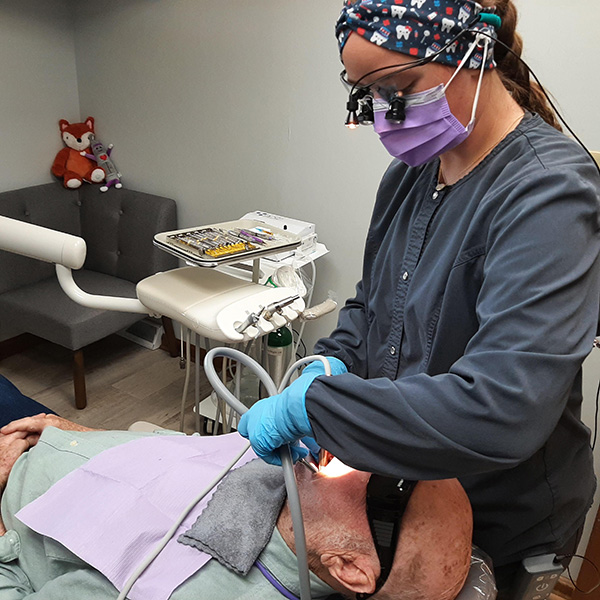
Digital Scanning
Digital scanning in dentistry involves using specialized scanners, often wand-like devices, to capture highly detailed 3D images of a patient’s teeth and surrounding tissues. These scanners create digital impressions, which are then used for various dental procedures, including creating crowns, bridges, and other dental restorations.
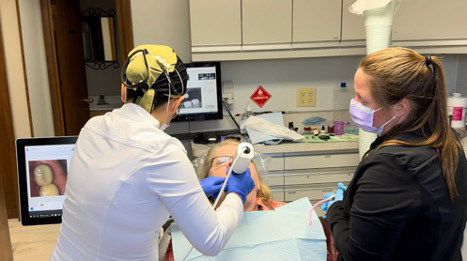
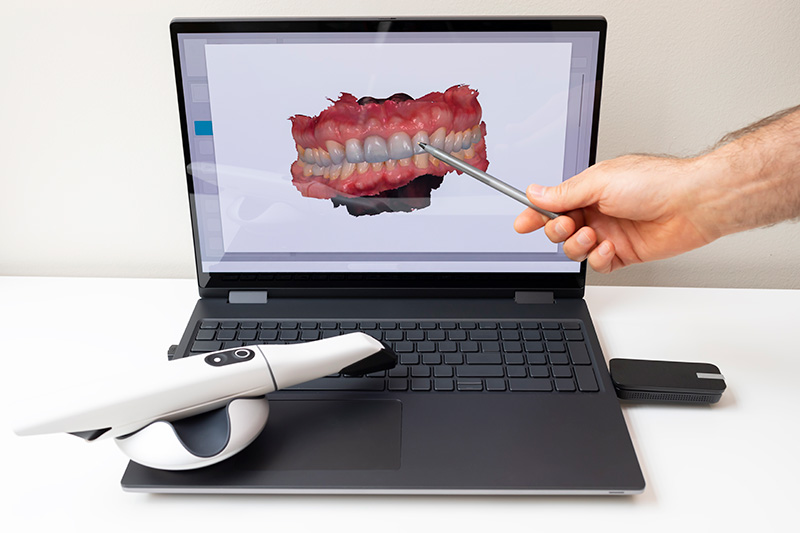
Intraoral Cameras
A small handheld camera that can capture images of your teeth or other structures in the mouth. Seeing is believing, and we would like to share what we see with our patients.









